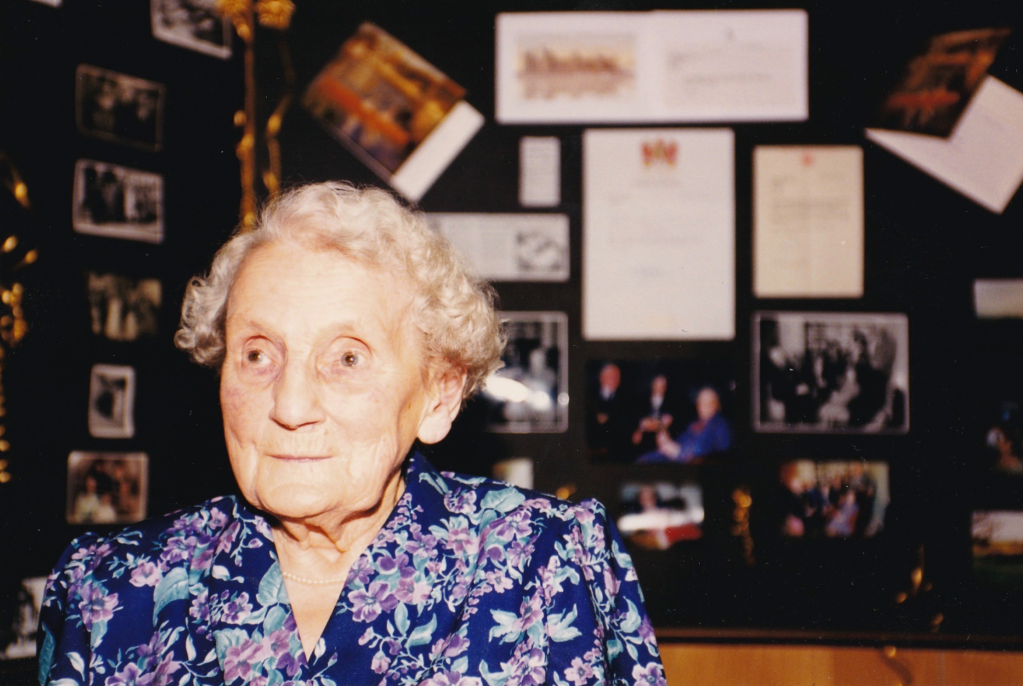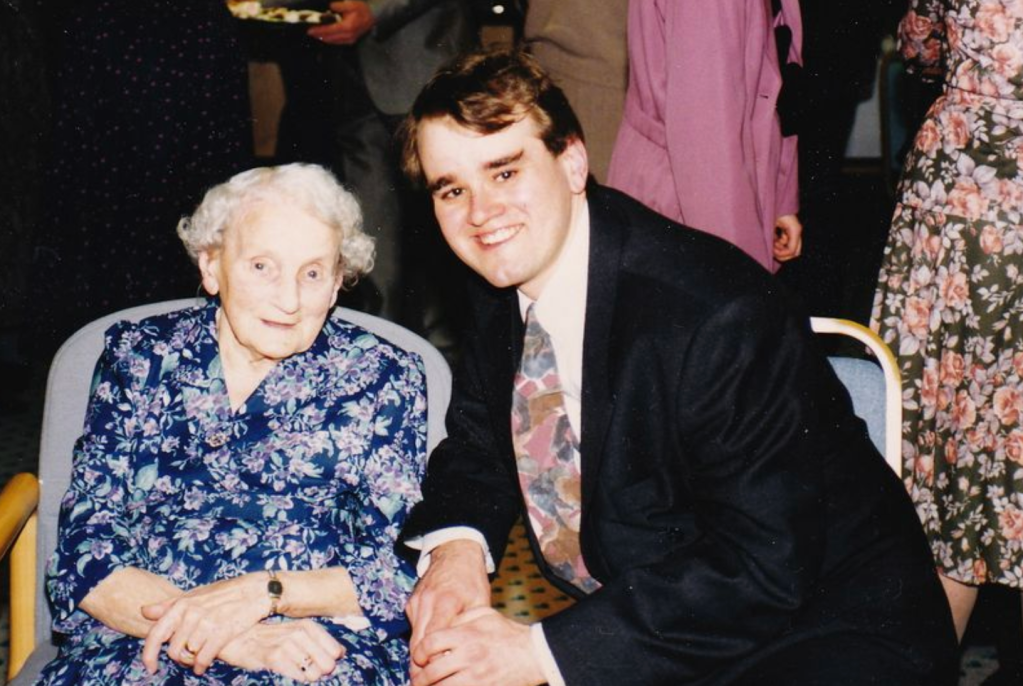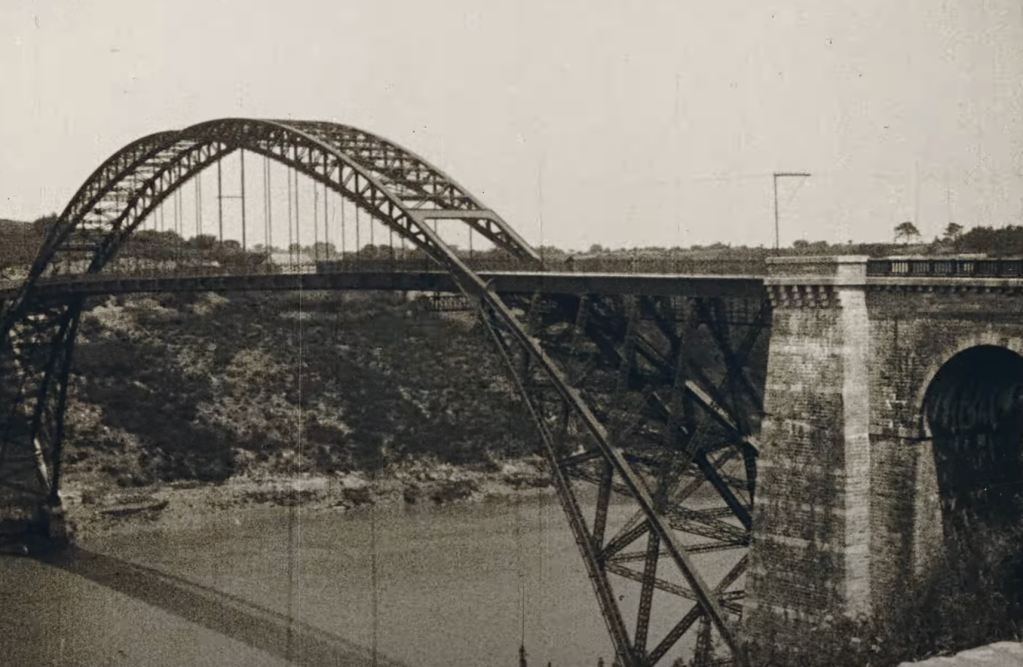
It’s hard to believe that my grandmother, Nan, died 30 years ago today. It’s seems like yesterday.
She was the perfect grandmother (and great grandmother) – a deeply caring person who loved the company of the younger generations. We in turn were thrilled to spend time with someone born during the reign of Queen Victoria, years before the first aeroplane flew.
I loved listening to her stories, which went back to the 1890s, including her memories of Queen Victoria’s diamond jubilee in 1897. More poignantly, Nan recalled fetching oxygen cylinders by hansom cab for her dying father in 1912. That was the year she turned 21, just days after the Titanic sank. Her life milestones seemed to coincide with historic events: Nan got married in 1919, the week Alcock and Brown became the first people to fly across the Atlantic, landing in a bog in Ireland. She herself took her only flight at the age of 92 in 1983 – the short hop from Cardiff to Bristol.
Nan delighted in telling me how her husband Frank, the grandfather I never knew, insisted that one day there would be radio with pictures. Frank almost certainly never saw his prediction come true as television, unless he happened to come across a rare demonstration set in a London store before the outbreak of war in 1939, when the BBC’s fledgling TV service closed for the duration.

Nan is the only person I’ve known who lived to 100. Her centenary party in Cardiff in 1991 was a marvellous celebration of a special person, with everyone who loved her crowding the capital’s County Hall.
Continue reading


